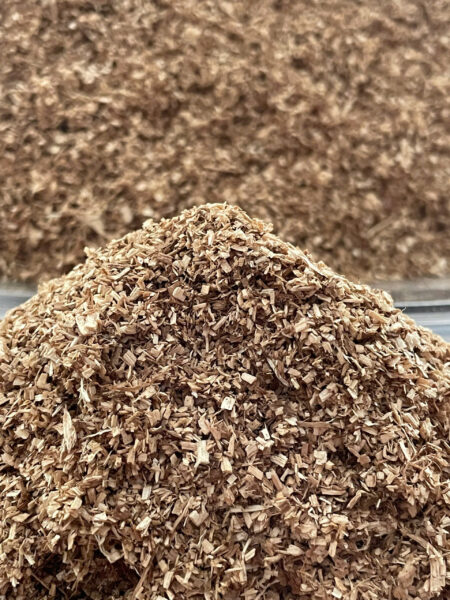What is Acacia Sawdust?
When it comes to woodworking and crafting projects, many enthusiasts and professionals turn to various types of sawdust for different purposes. Among these, Acacia sawdust is a popular choice due to its unique properties and availability. However, if you’re considering using Acacia sawdust indoors, it’s essential to understand its safety implications. This guide delves into the safety aspects of Acacia sawdust for indoor use, helping you make an informed decision for your next project.
Acacia sawdust is the byproduct of cutting and processing Acacia wood. Acacia is a diverse genus of flowering plants, including several species commonly used in furniture making, flooring, and other woodworking applications. The sawdust produced from Acacia wood is known for its fine texture and can be used in various indoor and outdoor projects.
Acacia Sawdust Properties
Acacia sawdust has several distinct properties that influence its safety and usability indoors:
- Allergen Potential: Acacia wood, like many other hardwoods, can produce sawdust that might cause allergic reactions in sensitive individuals. The fine particles of sawdust can become airborne and may irritate the respiratory system, particularly in enclosed spaces without adequate ventilation.
- Dust Composition: Acacia sawdust is known for its relatively low dust content compared to other hardwoods. However, it still contains fine particles that can pose health risks if inhaled in large quantities.
- Chemical Emissions: Unlike some other woods, Acacia is not known for emitting high levels of volatile organic compounds (VOCs). However, any wood product can potentially release VOCs when cut or processed, especially if treated with certain finishes or adhesives.
Safety Considerations for Indoor Use
When using Acacia sawdust indoors, consider the following safety measures:
- Ventilation: Ensure that the workspace is well-ventilated. Good airflow helps to disperse sawdust particles and reduces the risk of inhalation. Using air purifiers with HEPA filters can further improve indoor air quality.
- Protective Gear: Wear appropriate protective gear, including masks and goggles, to minimize exposure to sawdust. Dust masks designed to filter fine particles can be particularly effective.
- Dust Control: Implement dust control measures in your workspace. This can include using a dust extraction system or vacuum with a HEPA filter to capture sawdust at the source.
- Storage and Handling: Store Acacia sawdust in a dry, cool place to prevent mold growth and deterioration. When handling sawdust, avoid creating excessive dust by using damp cloths to clean surfaces or by wetting the sawdust slightly before disposal.
Benefits of Using Acacia Sawdust Indoors
Despite the potential risks, Acacia sawdust offers several benefits that can make it a suitable choice for indoor use:
- Aesthetic Appeal: Acacia wood has a rich, warm color and distinctive grain patterns, which can add a unique touch to craft projects and woodworking.
- Durability: Acacia wood is known for its durability and resistance to wear, making it an excellent choice for projects that require long-lasting materials.
- Eco-Friendly: Acacia is often sourced from sustainable forests, making Acacia sawdust an environmentally friendly option compared to sawdust from less sustainable sources.
If you have concerns about using Acacia sawdust indoors, consider these alternatives:
- Pine Sawdust: Pine sawdust is another common type, which tends to be less allergenic than some hardwoods. However, it may still pose similar dust-related issues.
- Cedar Sawdust: Cedar sawdust has a pleasant aroma and is often used in indoor projects. It is known for its natural insect-repellent properties, which can be advantageous in certain applications.
- Recycled Paper Sawdust: For those seeking a non-wood alternative, recycled paper sawdust offers a dust-free option with minimal health risks.
Conclusion
Acacia sawdust can be used safely indoors with the right precautions. Understanding its properties, potential risks, and benefits can help you make informed decisions about its use in your projects. By following recommended safety measures and considering alternatives if needed, you can enjoy the advantages of Acacia sawdust while minimizing potential health risks.
For more information on safe woodworking practices and choosing the right materials for your projects, explore our other articles and resources.
Read more: https://vietnambestwood.com/general/the-impact-of-dirty-bedding/
